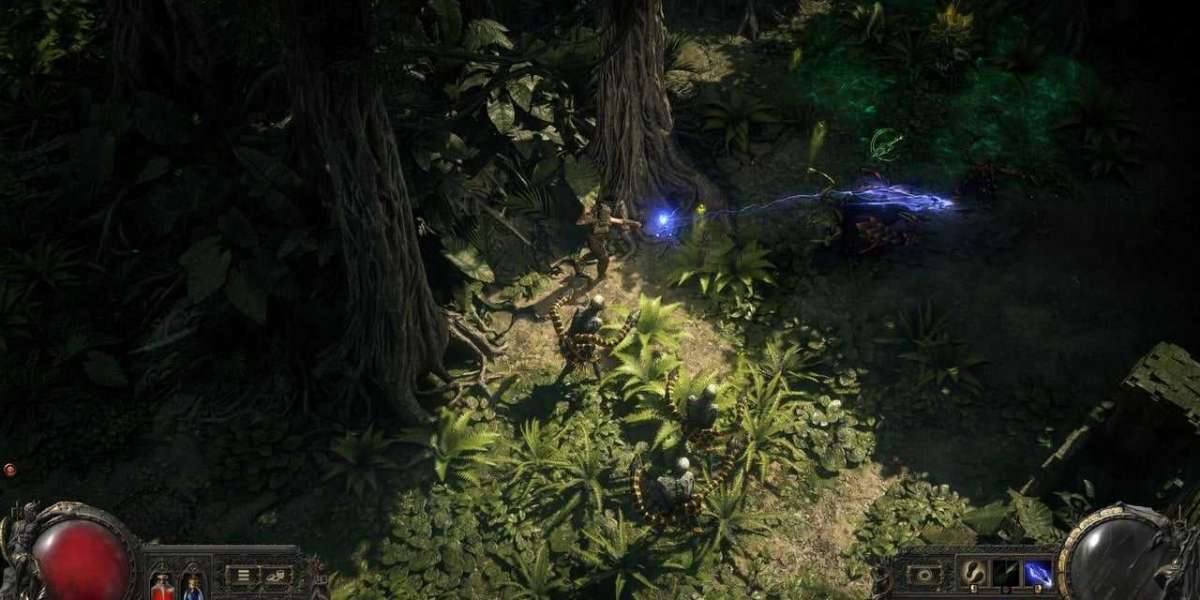Path of Exile 2 has redefined how players interact with the world of Wraeclast, putting movement skills at the center of both survival and strategic gameplay. Mobility is no longer just a convenience—it is an essential part of combat, map navigation, and endgame efficiency. By mastering movement skills, players can dodge devastating attacks, control positioning, and maintain pressure on enemies while exploring increasingly dangerous content.
At the heart of movement-based gameplay is skill diversity. Path of Exile 2 offers a range of movement skills, from instant teleports like Blink Arrow or Phase Run to dashes, leaps, and ground-based charge abilities. Each skill has unique applications depending on the build, terrain, and combat scenario. Dashes allow rapid repositioning in tight spaces, while leaps can cross hazards or gap distances between enemies. Teleports offer precise placement, letting players evade traps, escape lethal situations, or instantly close in on targets for offensive opportunities.
Integration with combat skills enhances the strategic value of movement abilities. Many movement skills are linked with support gems or modified by Ascendancy nodes to provide additional offensive or defensive benefits. For example, some movement skills can leave damaging trails, trigger area-of-effect effects, or grant temporary buffs to the player upon usage. This synergy allows players to combine mobility and damage into a single, fluid strategy, turning movement into both a survival and offensive tool.
The passive skill tree in Path of Exile 2 further rewards mobility investment. Certain nodes increase movement speed, reduce skill cooldowns, or enhance defensive capabilities during skill activation. Players who invest in these nodes gain a dual advantage: faster map traversal and improved survivability during high-intensity encounters. Advanced players can craft builds that exploit movement skill mechanics to kite enemies, avoid area-of-effect damage, or manipulate enemy positioning to maximize efficiency.
Resource management is also crucial for movement-centric builds. Skills often consume mana or other resources, and timing their usage is vital in challenging maps or against bosses. Players must balance offensive pressure with defensive maneuvers, ensuring that mobility skills are available when needed most. Properly managing cooldowns and resource pools transforms movement skills from simple navigation tools into key components of advanced tactical play.
Endgame implications make mobility mastery even more important. High-tier maps, bosses, and league mechanics frequently introduce hazards that punish static gameplay. Environmental effects, trap layouts, and fast-moving enemies force players to rely on movement skills to survive. A well-executed teleport, dash, or leap can mean the difference between completing a difficult encounter and experiencing a costly death. As such, mobility is not just a convenience—it is a requirement for efficiency and success in challenging content.
Movement skills encourage creative and adaptive gameplay. Players can combine skills in novel ways, chaining teleports, dashes, and leaps to navigate complex maps or manipulate enemy behavior. Hybrid builds that integrate mobility with offensive or defensive skills can create dynamic playstyles, allowing players to approach content in unique ways.
Movement skills in poe2 items are more than just travel mechanisms—they are central to survival, strategy, and combat mastery. By understanding skill mechanics, integrating them with combat abilities, and optimizing passive tree investments, players can maximize efficiency, evade threats, and dominate challenging endgame content. Mastery of movement skills transforms gameplay, making each encounter a fluid, tactical, and highly rewarding experience in the treacherous world of Wraeclast.








